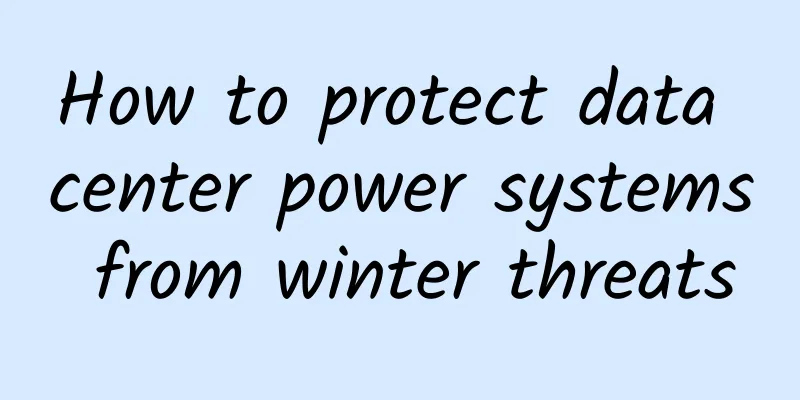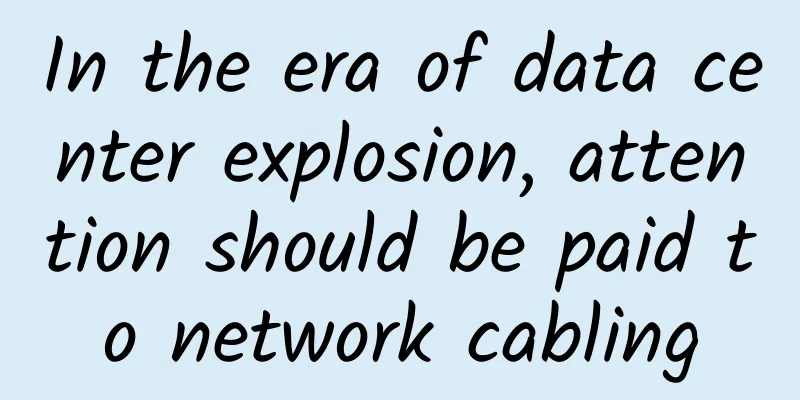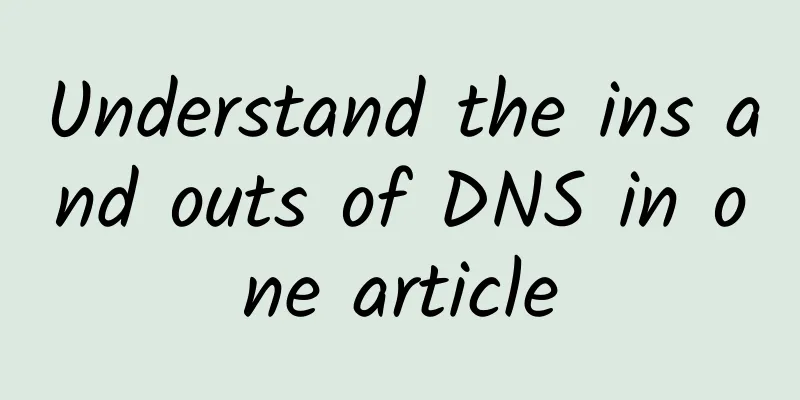How to protect data center power systems from winter threats

|
For many people, the cold winter months are upon us. While they may bring some beautiful views, they can also severely affect power supply in some cases. For example, a sharp drop in temperature could affect power transmission, causing power lines to shrink and strain. In more extreme cases, accumulated ice and snow could break power lines, one of the seasonal disasters that causes power outages. Whatever the reason, one thing is certain: Unexpected power outages occur more frequently in the winter. Between 2009 and 2017, Eaton’s Blackout Tracker recorded 7,260 power outages during the winter, totaling 122 days of power outages and affecting more than 14 million people. Not surprisingly, more than a third of these outages were caused by Mother Nature. While knowledge is power, it can be futile if best practices aren’t applied to your uptime strategy. Explore the dangers that persist during winter and take the appropriate steps to prepare for power outages.
Assessing the threat posed by winter As if dealing with cold weather wasn't enough, there are a number of winter-related dangers that can lead to power outages. Here's an overview of some of the threats winter brings.
Since data centers are more vulnerable to downtime threats during the winter, it is time to take a step back and evaluate their disaster recovery processes. A number of solutions can achieve continuous uptime. Reliable power supply protection Although power failures may occur due to weather and unforeseen events, uninterruptible power supplies (UPS) deployed together with backup generators can provide reliable power during power outages so that data centers and IT functions can remain up and running. These systems can help organizations avoid data loss and hardware damage, providing availability for networks and other applications in the event of a power event. Enhanced UPS functionality, power monitoring and power management solutions provide data center and IT professionals with the ability to remotely monitor UPS power supplies up to the enterprise power network, while UPS power supplies have multiple devices and components from different manufacturers. More importantly, they provide a wide range of advantages that help optimize power, including increased efficiency, improved data protection and reduced overall costs. With sufficient backup runtime, the software can automatically and securely move data to the backup site seamlessly to maintain business continuity. In addition, remote power management can provide a wealth of benefits, enabling managers to oversee the entire network from anywhere in the world. Many companies use remote solutions to manage servers in offices and branch offices that do not have IT staff. From powering servers and devices to troubleshooting issues, remote management eliminates unnecessary service visits to isolated locations. By strategically aligning power management solutions, and combining advanced hardware and software systems, organizations can ensure they have robust power protection in case of emergencies. In addition to seasonal weather, power outages can be caused by equipment failure, human error, thieves, and even drones, balloons, wildlife, etc. Any factor that interrupts power can bring a company's business to a standstill. To optimize power systems and avoid the danger of downtime, organizations and their IT teams need good power protection solutions to ensure that power always runs smoothly. A strategic disaster preparedness plan with protective hardware and software will help organizations prepare for the cold winter months. |
>>: TCP/IP based application programming interface
Recommend
Ten advantages of structured cabling system
As wireless networking becomes more of a necessit...
European and American telecom operators claim: No one needs 6G
"No one needs 6G. The industry should make 6...
Detailed roadmap for 5G standards
[[429204]] While 5G has been a hot topic for year...
The difficulty of operation and maintenance has reached a new level - it does not exist!
What is the data center most afraid of? Power out...
You may not receive the verification code, or you may change your phone number... There are still troubles to torment you after porting your number to another network
"If you are not satisfied with a company, ta...
Introduction to MQTT protocol, MQTT is the standard messaging protocol for IoT (everyone in IoT must know)
MQTT (Message Queuing Telemetry Transport) is a &...
How to troubleshoot 502 issues? Have you learned how to do it?
When I first started working, one time, the guy w...
Exploration and implementation of 5G+AI in the security industry
With the empowerment of 5G+AI in the security ind...
50% off spinservers: San Jose data center starting at $19/month, dual core, 8G memory, 200G SSD, 10TB monthly traffic
In addition to dedicated servers, spinservers'...
The network is too slow to get a subscription?! A hardcore comparison tells you which is faster, 5G or Wi-Fi 6!
My wife, who has always been worried about her ch...
"No products, no discounts, no sales" Huawei's new "knowledgeable" approach
Not long ago, an online experience store with &qu...
When WiFi Master Key quietly takes away your password, do you really not mind?
Many Internet companies or products , in the name...
AT&T suspends 3G network and offers free entry-level 4G LTE smartphones
According to Zhongguancun Online, US telecommunic...
Wi-Fi 6 certification, here are 6 issues worth paying attention to!
This article is reproduced from Leiphone.com. If ...
A brief discussion on Wi-Fi Mesh network in home IoT
Author: Fan Deyang, unit: China Mobile Smart Home...









